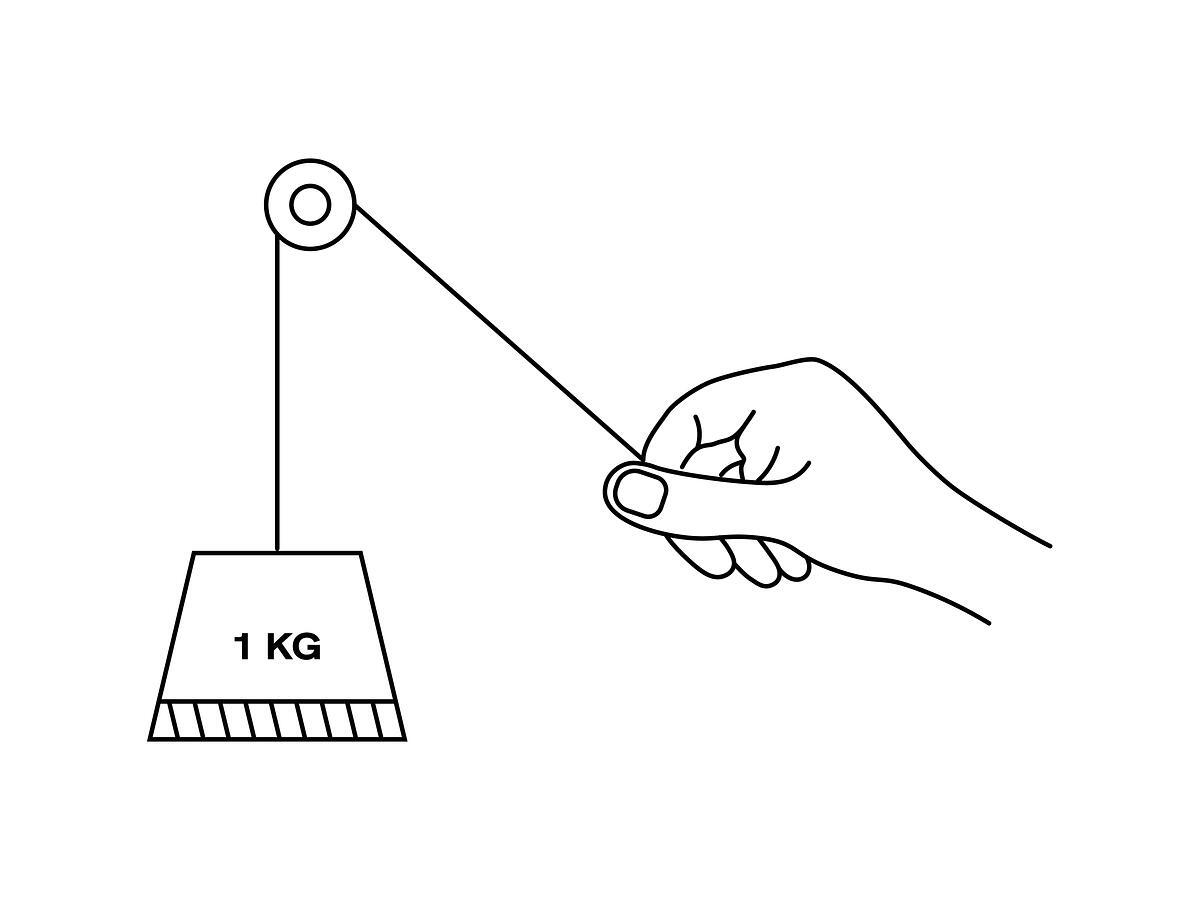5 Hidden Areas Where AI Instantly Saves Business Time
Many business leaders are familiar with how AI powers tools like chatbots or content generators. These tools are helpful, but they only scratch the surface of what's possible.
AI is also being used behind the scenes in places that don't often get as much attention. These areas are often where time is lost quietly every day—through repetition, delays, or manual work that could be automated.
This article explores five lesser-known areas where AI is already delivering time savings for businesses. These aren't future possibilities—these are practical, working applications that save hours across departments.
Why Hidden AI Opportunities Matter For Business Efficiency
Most businesses use AI in obvious places—automated chat, email writing, or image generation. These use cases are visible and well-marketed, so they get implemented first.
However, many AI efficiencies come from areas that are less visible. These include behind-the-scenes processes in operations, compliance, vendor management, and data handling—areas that typically involve structured tasks with repeatable logic.
Hidden AI applications often produce results faster because they target manual, rule-based processes where automation can immediately reduce delays or errors. They also tend to operate within existing systems, which simplifies deployment.
Streamlined Internal Knowledge Management For Quick Wins
Internal knowledge management refers to how a company organizes, stores, and accesses its own information—such as policies, training materials, process documents, and past project data. This information is often spread across emails, shared drives, ticketing systems, and cloud platforms.
When this information is not easily accessible, employees spend time searching for it instead of completing tasks. The average employee spends nearly two hours every day searching for information, which adds up to almost a full day of lost productivity each week.
1. Use AI-Driven Search To Eliminate Manual Lookups
Traditional search tools rely on matching exact keywords. AI-driven search uses natural language processing to understand the intent behind a question. It looks beyond keywords to understand the meaning of a query.
For example, an AI knowledge assistant can answer the question "What's our return policy for international customers?" by scanning multiple documents, even if none of them contain that exact phrase. It delivers the answer directly, not just a list of links.
Key benefits include:
-
Instant answers: Employees receive direct responses rather than document links
-
Context awareness: AI understands what you're really asking for
-
Cross-system integration: Searches across multiple platforms at once
2. Automate Document Tagging And Summaries
AI can automatically read documents and apply tags based on topics, departments, or business functions. It can also generate summaries of long documents, highlighting key information in a few sentences.
Instead of reading a full 30-page report, an executive can receive a short summary generated in seconds. This allows for faster decision-making and reduces manual review time.
Common applications include:
-
Converting meeting notes into action items
-
Simplifying policy documents into key points
-
Summarizing technical documentation for non-technical staff
Automating Compliance And Contract Management To Reduce Bottlenecks
Compliance and contract management are often missed when companies look for ways to use AI. This is partly because these areas involve legal language and regulatory complexity—processes that feel too specialized for automation.
Traditionally, contract and compliance work takes significant time. Reviewing contracts, identifying risks, and checking for regulatory changes are often done manually, requiring legal teams to read through large amounts of text.
1. Leverage Natural Language Processing For Fast Contract Reviews
Natural Language Processing (NLP) is a type of AI that helps computers understand human language. It allows AI systems to read documents, understand their structure, and identify meaning in written text.
In contract review, NLP can identify key clauses, terms, risks, and obligations across contract versions. For example, a company can use AI to flag non-standard language in vendor agreements that differs from their approved templates.
Time-saving applications include:
-
Clause identification: Automatically highlights problematic language
-
Risk assessment: Flags potential liabilities in seconds
-
Version comparison: Quickly spots differences between contract drafts
2. Detect Regulatory Changes With Real-Time AI Monitoring
AI systems can monitor regulatory updates by scanning trusted sources across industries. These systems filter relevant updates and connect them to the company's internal policies and procedures.
For example, a financial services firm might use AI to monitor changes in banking regulations and receive alerts when new rules affect their current operations.
|
Aspect |
Traditional Approach |
AI-Powered Approach |
|---|---|---|
|
Update detection |
Weekly/monthly manual reviews |
Real-time monitoring |
|
Relevance filtering |
Manual assessment |
Automatic relevance scoring |
|
Implementation planning |
Manual gap analysis |
AI-suggested action plans |
|
Time commitment |
15–20 hours/week |
2–3 hours/week |
Accelerating Data Reconciliation For Finance And Operations
Data reconciliation is the process of comparing two or more sets of records to ensure they match. This often happens in finance and operations where data from different systems must align before reports can be finalized.
Manual reconciliation is time-consuming. It often involves checking spreadsheets line by line, which increases the chance of human error. Finance teams typically spend up to 40% of their time on manual data reconciliation tasks.
1. Implement AI For Rapid Error Detection In Financial Records
AI uses pattern recognition to identify inconsistencies in financial data. Instead of comparing numbers manually, AI systems scan large datasets to find entries that do not follow expected patterns.
Machine learning improves this process over time by learning from past corrections. The more data the system is exposed to, the more accurate its suggestions become.
Key benefits include:
-
Anomaly detection: Spots unusual transactions automatically
-
Root cause analysis: Suggests likely sources of errors
-
Predictive alerts: Warns about potential issues before they happen
2. Unify Cross-Platform Data To Save Reporting Time
Businesses often store information across multiple platforms. AI connects these systems and brings the data together into one place, enabling faster and more accurate reporting.
AI can also generate reports automatically by pulling data from various sources and formatting it according to predefined rules.
Business intelligence applications include:
-
Data normalization: Standardizes formats across different systems
-
Cross-system validation: Checks consistency between platforms
-
Dynamic reporting: Creates real-time dashboards that update automatically
Optimizing Supplier And Vendor Management Through AI Tools
AI is often used in customer service and marketing, but vendor management is less frequently considered. This area involves many repeatable, document-heavy tasks that are often handled manually.
Traditional vendor management processes include collecting performance data, reviewing contracts, comparing quotes, and tracking delivery issues. These activities involve spreadsheets, emails, and long meetings.
1. Predict Vendor Performance With Machine Learning
Machine learning uses data from past vendor relationships to identify likely outcomes in the future. It detects patterns that may be too complex for human analysts to notice.
For example, a manufacturing company used machine learning to predict which suppliers were likely to delay shipments based on past order timelines and shipping data. This early insight helped the business shift orders before delays occurred.
Key applications include:
-
Delivery prediction: Forecasts likely delays based on patterns
-
Quality assessment: Predicts potential quality issues
-
Risk scoring: Automatically rates vendors on reliability
2. Reduce Turnaround Time Using Automated Negotiation Insights
AI can review past negotiations to find patterns in pricing, conditions, and outcomes. It uses this information to suggest negotiation strategies that were successful in similar situations.
Supply chain management becomes more efficient when AI analyzes thousands of previous contracts to identify which terms led to faster agreement and better outcomes.
Process automation benefits include:
-
Term optimization: Suggests ideal contract parameters
-
Pricing analysis: Identifies opportunities for better rates
-
Negotiation playbooks: Creates customized strategies for each vendor
Custom AI Agents That Extend Existing Platforms
AI agents are tools that perform tasks on behalf of users by interacting with existing software systems. These agents often work in the background, helping users complete actions without requiring major changes to current tools or processes.
Many organizations miss this approach because they focus on replacing entire systems rather than adding functionality to what they already use. This can lead to higher costs and longer implementation timelines.
1. Deploy Conversational Assistants For Routine Processes
Conversational AI allows users to interact with systems using natural language, such as typing or speaking, instead of navigating menus or filling out forms. These assistants connect to existing tools and perform routine tasks based on user input.
For example, an HR team may use an AI assistant to respond to employee onboarding questions by pulling information from HR documents and systems.
Marketing innovation applications include:
-
Process guidance: Walks users through complex procedures
-
Information retrieval: Pulls data from multiple systems on demand
-
Exception handling: Manages routine issues without human help
2. Integrate AI Agents With Legacy Systems For Seamless Workflows
In many organizations, older systems still perform essential functions but lack the flexibility of modern platforms. AI agents can serve as a bridge between these systems by interacting with their interfaces or outputs.
This method works through front-end actions—such as reading and typing—rather than relying on backend integrations. For instance, an insurance company may use an AI agent to coordinate claims processing across three legacy systems without replacing them.
Data clarity benefits include:
-
Reduced integration costs: Avoids expensive system replacements
-
Accelerated deployment: Implements in weeks instead of months
-
Improved user experience: Creates a unified interface across systems
Transform Productivity With AI Expertise
Artificial intelligence can save time in areas that are often overlooked. These include managing internal knowledge, reviewing contracts and compliance updates, reconciling financial data, handling supplier relationships, and extending existing systems with AI agents.
Applying AI in these areas requires a clear view of current workflows, systems, and data dependencies. Many organizations have the tools but lack a strategic plan for how to use them efficiently.
To identify which hidden AI applications may apply to your business, consider a consultation with experts who can assess which areas are likely to produce the fastest return on investment based on your current systems and goals.
Dwight Davis Consulting works with business leaders to identify these hidden AI opportunities within their operations. The process begins by mapping out time-consuming tasks and evaluating where AI can shorten or eliminate steps.
To learn more, schedule a free consultation at https://dwightdavisconsulting.com/contact-us.
Frequently Asked Questions About AI Time Savings
What regulatory or ethical issues should I consider before implementing AI?
AI systems often use large amounts of data, which can include personal or sensitive information. Laws such as GDPR in Europe and CCPA in the United States place limits on how data can be collected, stored, and used. Ethical practices include being transparent about when AI is being used and ensuring personal data is handled securely.
How can I integrate AI if my company uses outdated systems?
AI can work with older systems through lightweight connectors or APIs that exchange data with existing platforms. Other options include AI agents that interact with software interfaces in the same way a human would, without requiring deep technical integration.
What's the typical timeframe to see measurable results from these AI implementations?
Time savings from AI implementations often appear within four to six weeks. During this period, systems are trained, tested, and adapted to the specific business process they support. Full return on investment typically occurs within three to six months, depending on the complexity of the task.





Leave a Comment